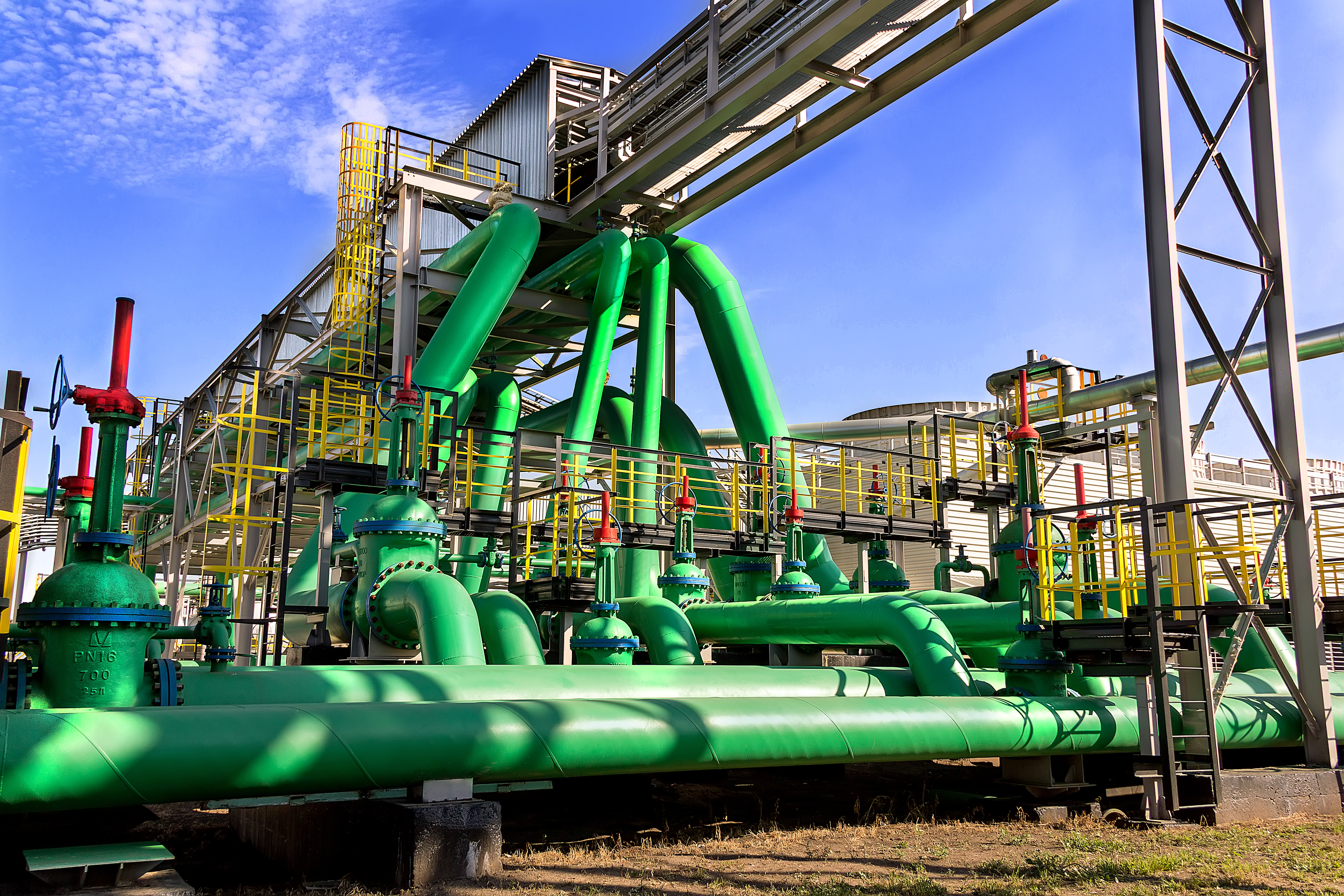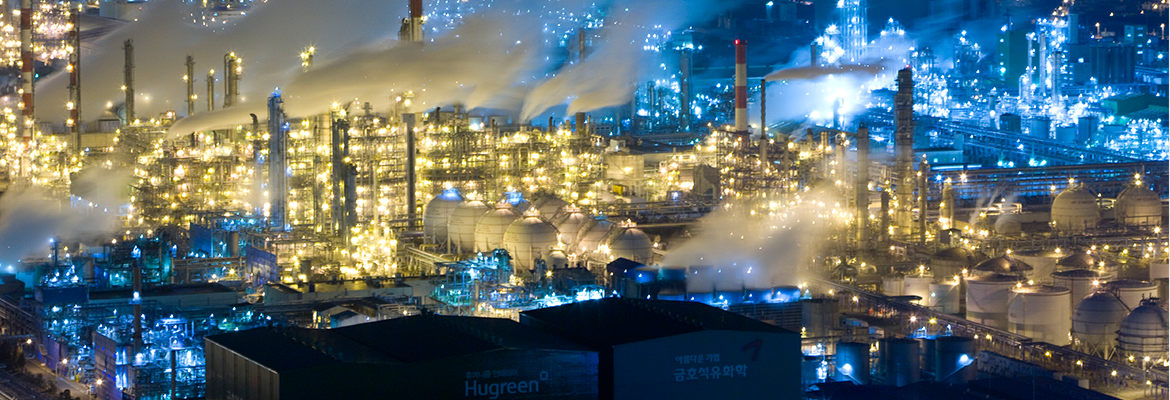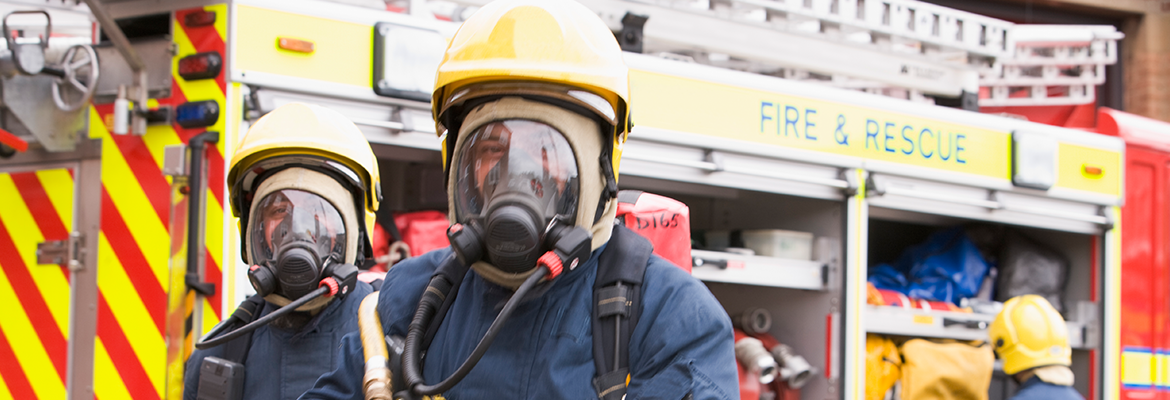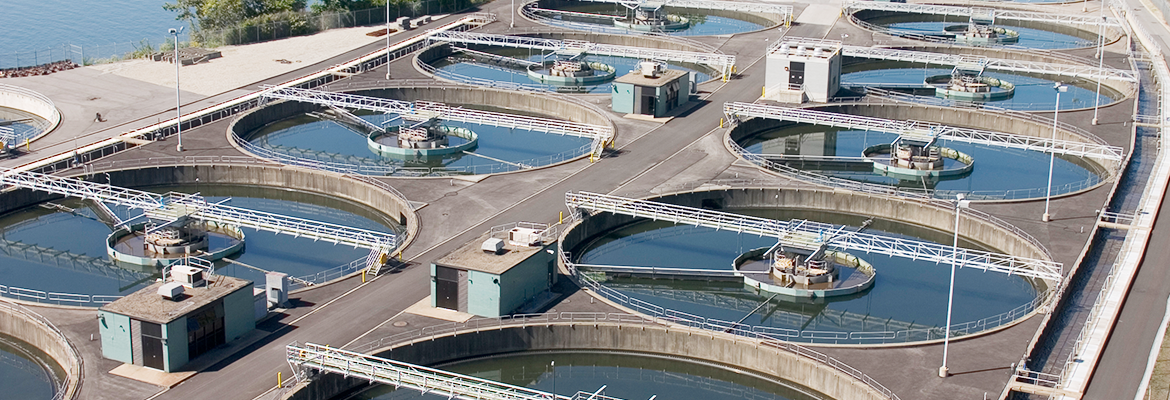We have developed and produced various kinds of portable gas detectors to meet the needs of customers who want to sell and distribute portable gas detectors. We have developed and supplied to many multinational corporations for many years, and we provide mobile gas sensor, ODM and OEM service, to our customers based on our production experience.


Portable gas detectors are used in a variety of industrial settings, such as petroleum refineries, chemical and sewage facilities in places where there is a possibility of gas explosion and toxic gas residue. By extracting air in workplaces, it is possible to check gases that may explode in the workplace using pumps in a near or long distance with the gas detector equipped. In North America and Europe, use of gas detectors in workplaces is strictly controlled. Portable gas detectors, in particular, can be worn directly on the body to detect in real time, thus safeguarding workers from potential hazards.

Portable gas detectors are used to prevent toxic gases and hazardous environments in drilling facilities, refineries and chemical facilities. For hazards that may arise during operation, portable gas detectors alert workers in real time with vibration and alarms. In addition, a portable gas detector can be connected to a computer to determine when and to what extent the operator is exposed to the hazardous environment, thereby improving safety in workplaces and protecting operators better.

A portable gas detector can be used to prevent hazards before entering areas with high concentrations of oxygen, explosive gases or toxic substances. In particular, the gas detector with a built-in pump ensures an operator's safety by allowing the operator to detect hazardous gas using the hose without having to approach the restricted area.

Portable gas detectors are required for firefighters and other workers because they can be exposed to dangerous substances such as carbon monoxide at the fire scene. In addition, in the event of terrorism or accidents in places where people can gather, such as large stadiums, buildings, and public institutions, portable gas detectors can be used to protect workers' safety and prevent additional accidents.

Portable gas detectors are used for safety of workers when installing, maintaining and repairing infrastructural facilities such as water supply and sewage facilities and installation of underwater optical cables.